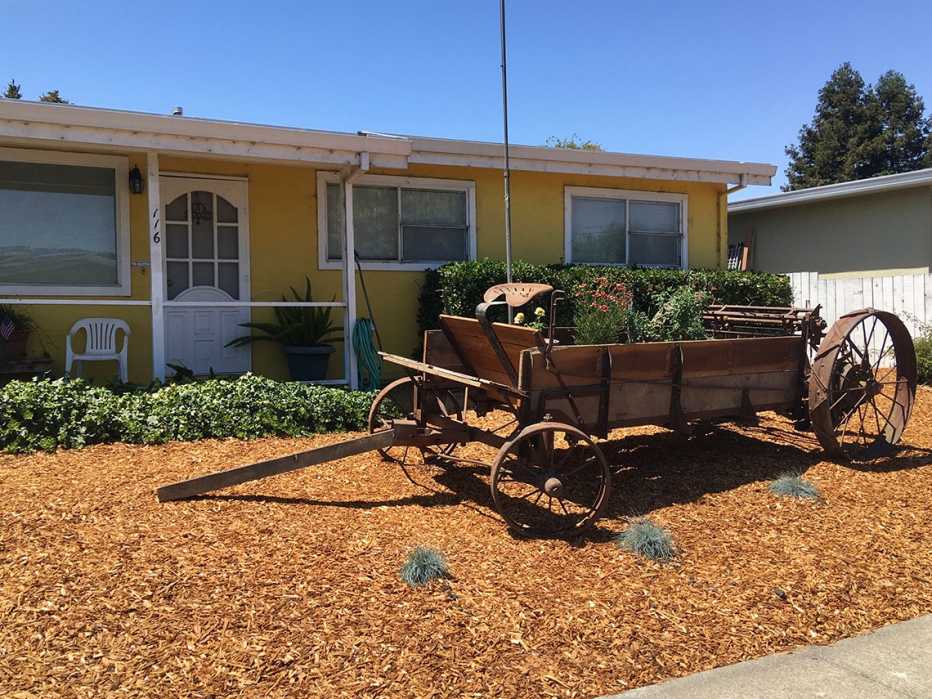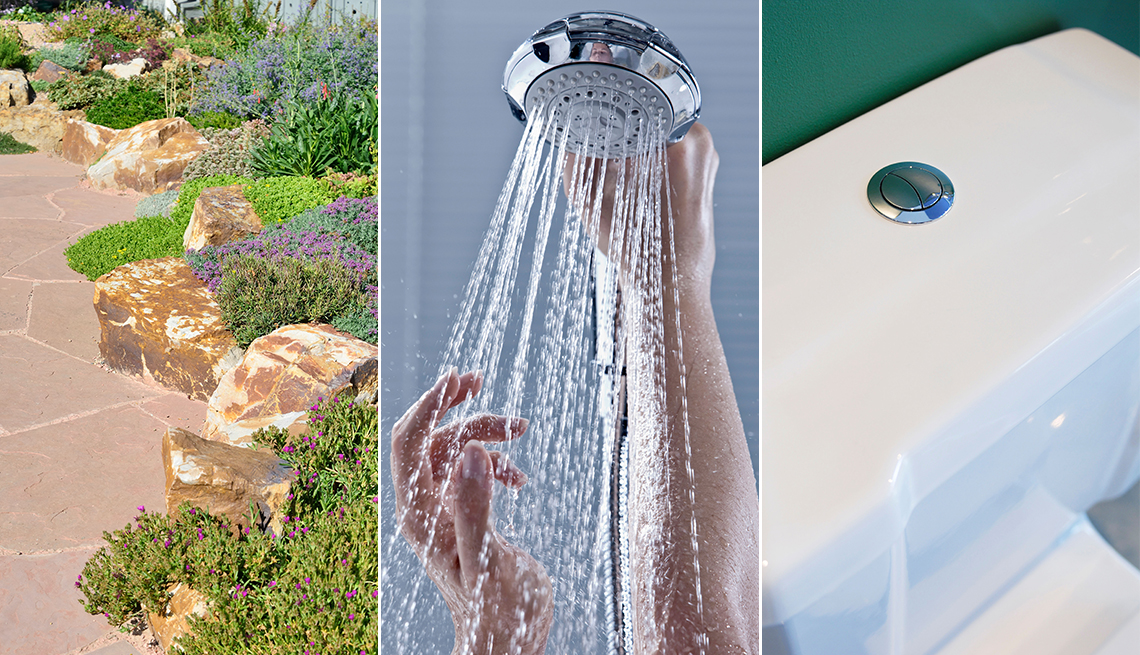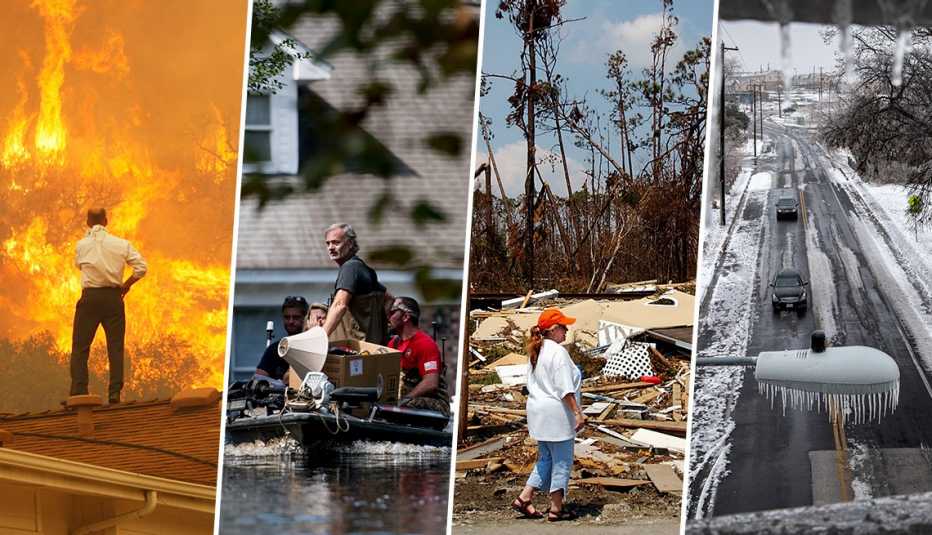AARP Hearing Center
High temperatures and low water levels have pushed many parts of the country, from California to Maine, into drought conditions. As a result, people in some places, such as in parts of California, face mandatory water restrictions. In other places, including some areas of Minnesota, they have been asked to water lawns less frequently and during cooler hours.
Even in areas that aren't facing severe water shortages, residents are being asked to conserve water during one of the hottest years on record.
Those efforts often start with the yard, since it is the single largest residential water consumer, according to the U.S. Environmental Protection Agency, especially in summer, when watering lawns and gardens spikes. Outside the house accounts for 30 percent of all household water use, according to the EPA, but that number can be much higher in drier parts of the country.
The next largest household water users include toilets, at 24 percent, followed by faucets, showers, washing machines, leaks, baths and dishwashers, according to the Water Research Foundation.
"Water is a precious resource,” says Michael C. Slattery, chair of the department of environmental sciences at Texas Christian University in Fort Worth, Texas. One person can make a big difference, he adds, since the average American uses about 100 gallons of water a day.
Take inventory of your water use, starting with your water bill, advises Bill Christiansen, director of programs for the Chicago-based nonprofit Alliance for Water Efficiency. If your cost or use is higher than it was a year ago, analyze why. First, eliminate water waste, such as leaks, and then find ways to reduce your water use. The Alliance's Home Water Works calculator can help.
Many small — and big — changes can ensure water isn't wasted down the drain. In addition, by saving water, you may also save money on your energy bill, since appliances like washing machines use both.
This spring, Northern California resident Ken Thurman, 65, replaced his front lawn with drought-resistant plants and mulch, all for less than $400.
"I used to turn on my sprinklers at least three times a week,” he says. That and other water-saving steps have shaved $20 to $30 from his monthly water bill, Thurman says.
Here are some water-saving tips you can try in and around your home.






































































